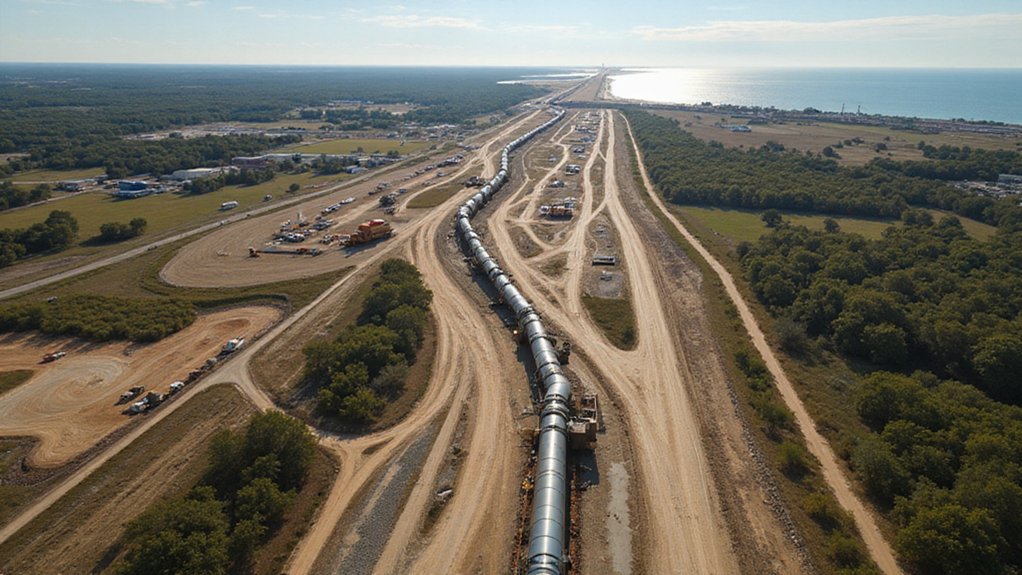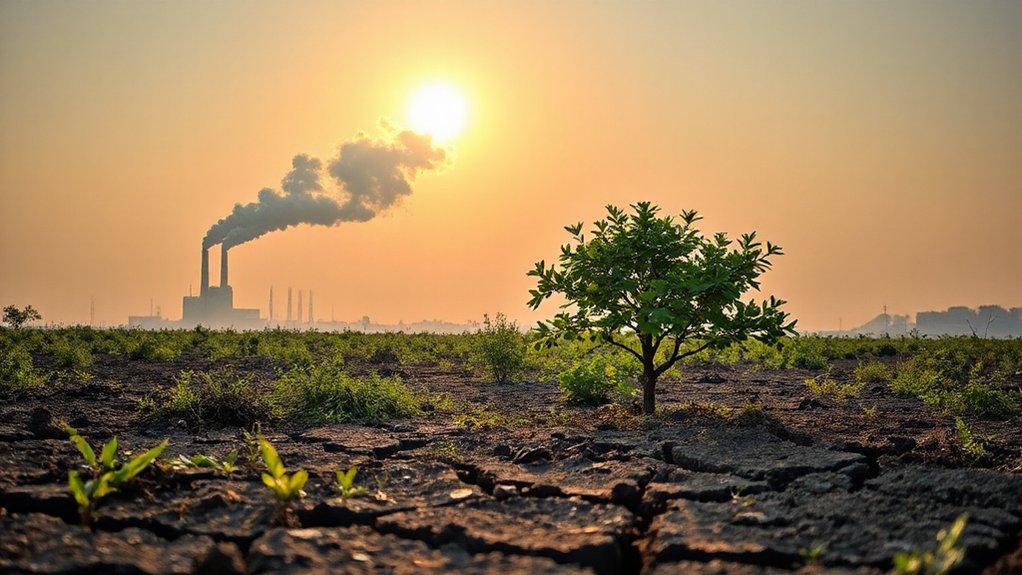Farmers counting on REAP grants for renewable energy projects face a bureaucratic mess. The program offers substantial funding—$144.3 million in 2023 alone—but paperwork requirements are brutal. Small operations struggle while big farms cash in. Political winds aren’t helping either; funding froze under Trump in 2025. Despite creating rural jobs and saving energy costs, many farmers find themselves stuck in red-tape purgatory. The story behind these stalled green dreams runs deeper.
While many farmers struggle to keep the lights on, the USDA’s Rural Energy for America Program (REAP) offers a potential lifeline. Established by the 2008 Farm Bill and reauthorized since, REAP hands out grants and loans to agricultural producers and rural small businesses for renewable energy and efficiency projects. Sounds great on paper. In reality? Not always so simple.
The program dangles impressive sums – grants from $2,500 to $500,000 and loan guarantees covering up to 75% of project costs. Got solar panels in mind? Wind turbines? Biomass systems? REAP covers those. Even energy efficiency improvements like better HVAC systems or insulation qualify. The money’s there – supposedly.
REAP dangles impressive sums for rural energy projects, but accessing those funds requires navigating a bureaucratic obstacle course.
In fiscal year 2023 alone, REAP distributed $144.3 million across 1,337 projects in 47 states. Before that, FY 2022 saw $285 million for 844 projects, and FY 2021 delivered a whopping $464 million. The Inflation Reduction Act kicked in another $2 billion. That’s serious cash.
But here’s the catch. The application process? A bureaucratic nightmare. Farmers need technical reports, feasibility studies, environmental reviews – the works. Many smaller operations simply don’t have the resources to navigate this red tape. The program does reserve 20% of funding for smaller grants under $20,000 annually until June 30, though this often isn’t enough to meet demand. Big surprise: larger operations often walk away with the funding.
Political winds don’t help either. The Trump administration froze some funding in 2025, highlighting the program’s vulnerability to Washington’s whims. The Agriculture Department is expected to make an announcement soon regarding the status of these crucial REAP grants. One day you’re planning your efficient irrigation system, the next you’re staring at an empty promise.
Still, REAP’s impact can’t be ignored. Since 2003, it’s funded over 20,000 projects, totaling $6.7 billion in grants and loans. These initiatives save approximately 10.4 million megawatt hours annually while creating rural jobs. Despite the bureaucratic challenges, these renewable projects create three times more jobs than traditional fossil fuel development in rural communities.
For farmers caught between rising energy costs and tight margins, REAP represents both opportunity and frustration. The program exists. The money exists. But for many, especially smaller operations, it might as well be on the moon.









